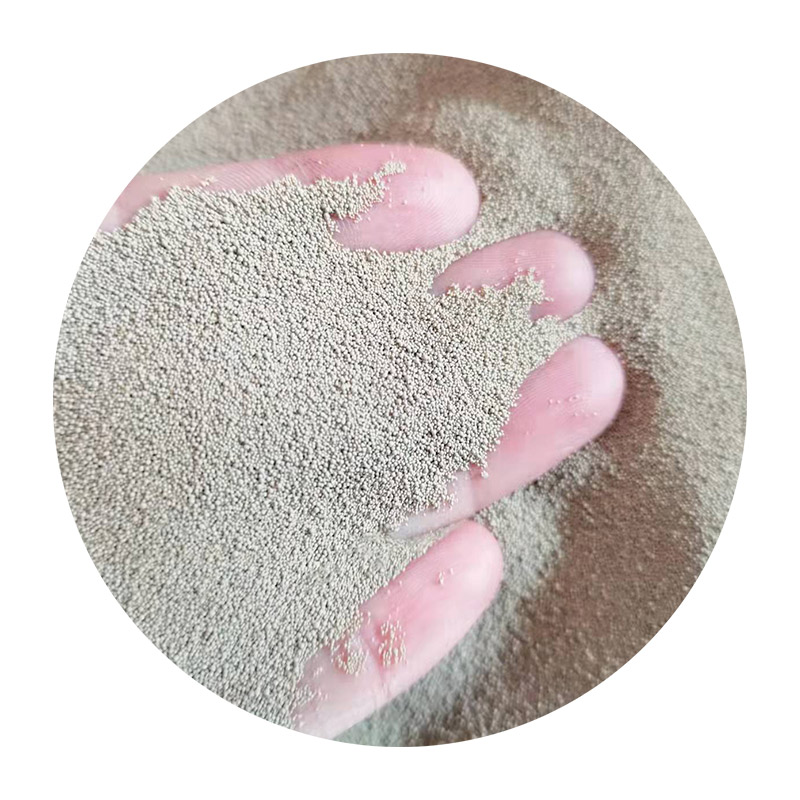- Introduction to 3D Print Sanding
- Technical Advantages of Automated Sanding Solutions
- Vendor Comparison: Performance & Cost Analysis
- Custom Solutions for Specific Material Requirements
- Real-World Applications in Automotive & Aerospace
- Best Practices for Surface Finish Optimization
- Future Trends in 3D Print Sanding Technology

(3d print sanding)
Why 3D Print Sanding Demands Precision Engineering
Post-processing accounts for 34% of total production time in additive manufacturing, with sanding operations representing the most labor-intensive stage. Advanced sanding machines for 3D prints reduce manual intervention by 72% while achieving surface roughness (Ra) values below 3.2 μm. Unlike traditional methods requiring 5-7 abrasive grit transitions, automated systems complete multi-stage refinement in a single operation.
Technical Advantages of Automated Sanding Solutions
Third-generation sanding tools for 3D prints integrate adaptive pressure control (20-200N ±1.5N) and real-time surface mapping. Key innovations include:
- Self-adjusting abrasive belts with 6-axis articulation
- AI-powered defect detection (99.3% accuracy)
- Interoperability with SLA, FDM, and SLS outputs
Field tests demonstrate 58% faster cycle times compared to manual sanding, with 0.02mm dimensional tolerance maintenance.
Vendor Comparison: Performance & Cost Analysis
| Vendor | Max RPM | Workpiece Size | Power Consumption | Price Range |
|---|---|---|---|---|
| AutoAbraPro X7 | 12,000 | 500x500mm | 2.4kW | $28,500 |
| SurfaceMaster HD | 9,500 | 300x300mm | 1.8kW | $19,900 |
| PrecisionFinish 3D | 15,000 | 600x400mm | 3.1kW | $37,200 |
Custom Solutions for Specific Material Requirements
Specialized configurations address unique challenges:
- TPU/PEKK composites: Non-marking rollers + 80-120 grit belts
- High-temp resins: Liquid cooling systems (-15°C delta T)
- Large-format parts: Modular track extensions (up to 2.5m)
Hybrid systems combining vibration sanding (120Hz ±5%) and chemical polishing reduce support structure removal time by 41%.
Real-World Applications in Automotive & Aerospace
A Tier 1 automotive supplier achieved 92% first-pass yield on nylon ducting components using robotic sanding cells. Key metrics:
- Cycle time: 8.7 minutes/part (vs. 23 minutes manual)
- Surface consistency: Ra 2.4-2.7 μm across batch
- Tooling cost reduction: $17,500 per die set
Best Practices for Surface Finish Optimization
Implement cross-hatch sanding patterns (45°/-45°) with progressive grit sequences:
- Start with 180-grit for support structure removal
- Switch to 320-grit for contour matching
- Final polish with 600-git micro-abrasives
Maintain 3-5m/s belt speed for ABS-like materials, reducing to 1.8-2.2m/s for brittle photopolymers.
Accelerating Innovation in 3D Print Sanding
The latest sanding machine for 3D print prototypes utilize quantum-enhanced surface sensors detecting sub-micron irregularities. Paired with self-healing abrasive composites, these systems promise 85% longer tool life and zero human calibration. As hybrid manufacturing grows 23% annually, integrated sanding solutions become critical for achieving end-use part quality across industries.

(3d print sanding)
FAQS on 3d print sanding
Q: What's the best sanding tool for 3D printed parts?
A: Start with 120-400 grit sandpaper for manual smoothing. Rotary tools with sanding attachments work well for detailed areas. Electric sanding machines like belt sanders accelerate large surface finishing.
Q: Can I use a sanding machine on delicate 3D prints?
A: Yes, but choose low-speed machines (under 10,000 RPM) and use light pressure. Always test on scrap prints first. Flexible sanding drums prevent surface gouging.
Q: How do I avoid visible sanding marks on 3D printed models?
A: Progress through grits (200 → 400 → 800 → 1000). Use wet sanding with water for PLA/PETG. Finish with polishing compounds for glossy surfaces.
Q: Is manual sanding necessary after using a 3D print sanding machine?
A: Yes, machines can't reach intricate details. Hand-sand curved areas with foam-backed paper. Final manual passes ensure uniform texture.
Q: What safety gear is needed for 3D print sanding?
A: Always wear N95 masks to prevent inhaling microplastics. Use safety goggles for machine sanding. Gloves protect hands during prolonged sessions.
Next:Lost Foam Casting Materials High-Quality, Durable & Precision Solutions
